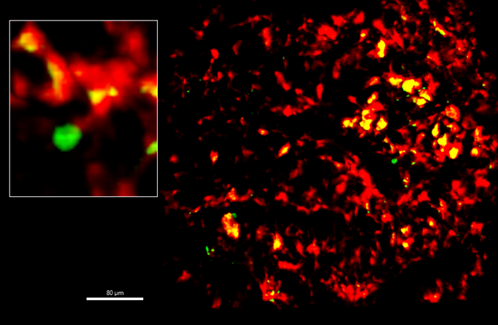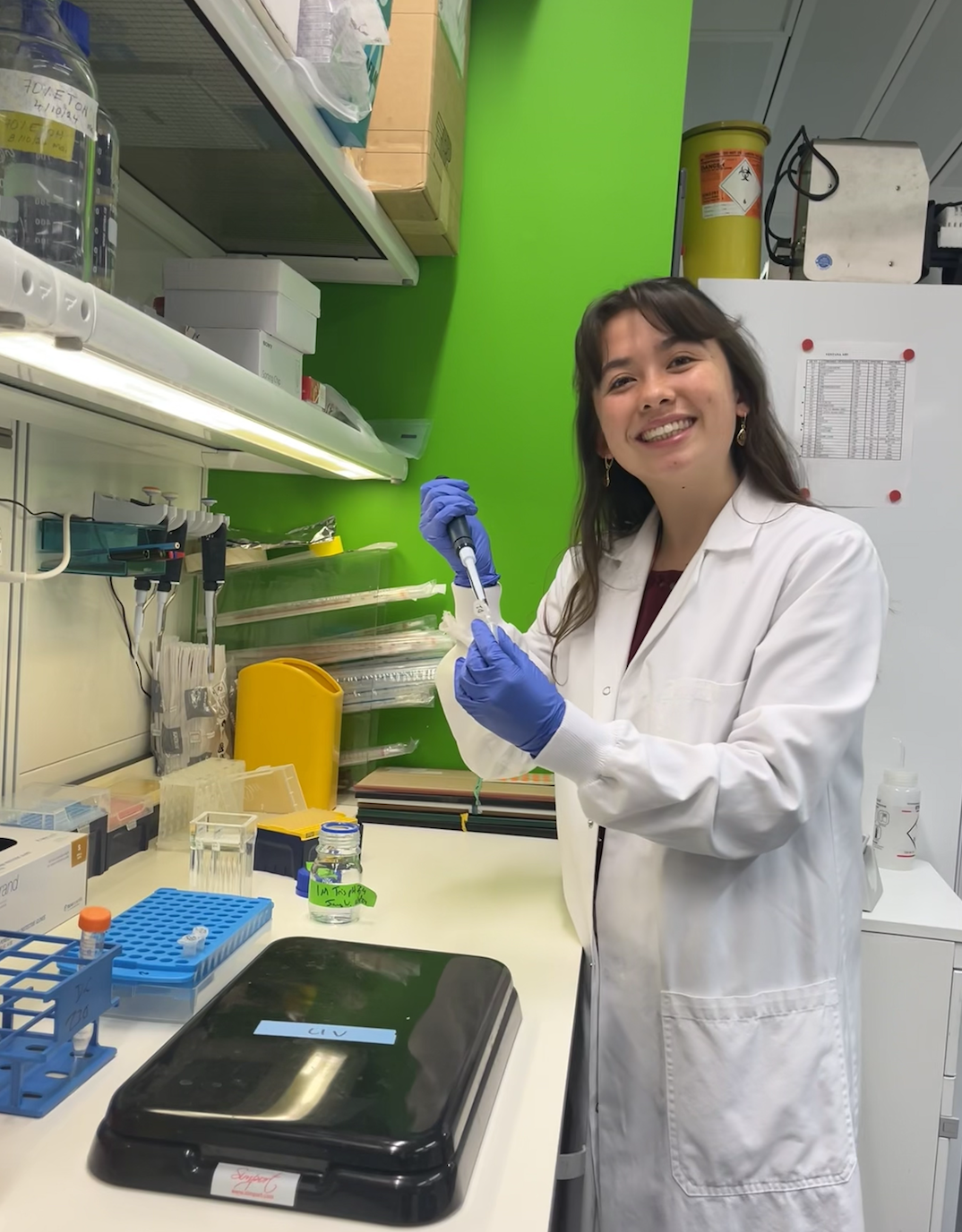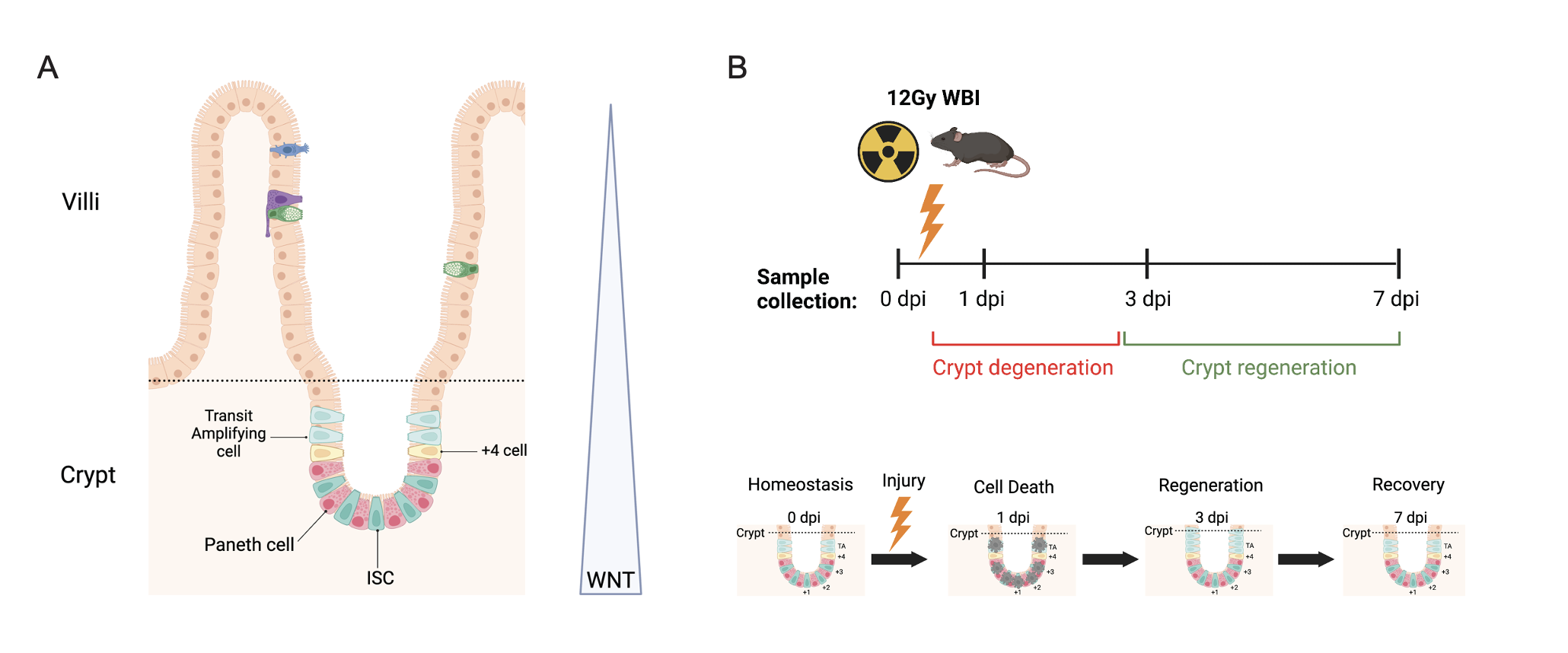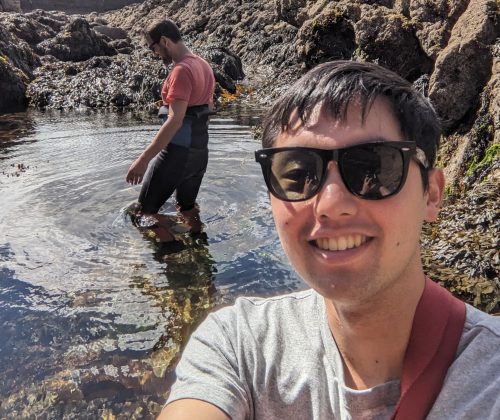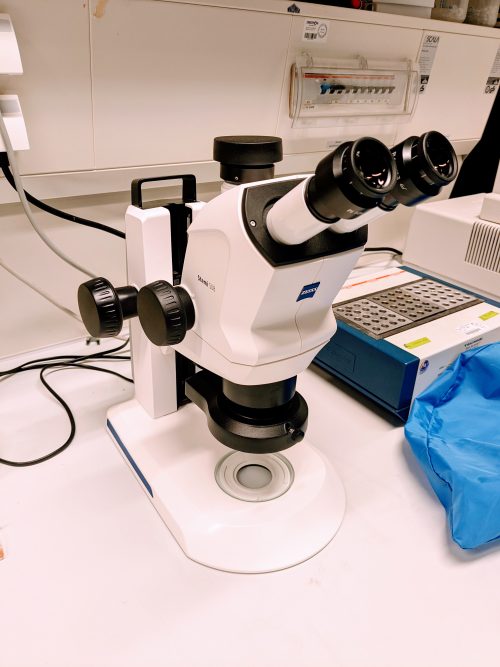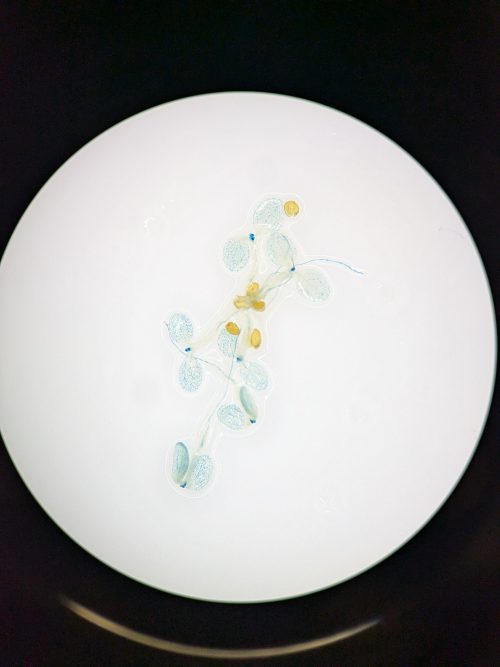I never wanted to leave academia, but now I love being a freelance science writer
Posted by the Node, on 26 November 2024
No such thing as a standard career path – an interview with Bill Hinchen
Bill Hinchen is currently a freelance science writer, but he never wanted to leave academia in the first place. Following the devastating loss of his PhD data while thesis writing, he ended up falling into the world of science writing. A few years ago, he was offered a second chance to do a PhD. What made him decide to turn away from his dream of an academic career? What advice does he have for early career researchers? We chatted to Bill to find out more.
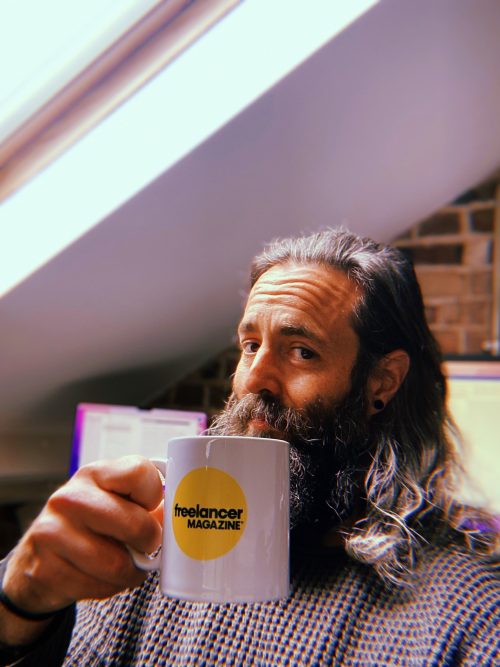
Let’s start from the beginning. Have you always been interested in science?
I watched lots of David Attenborough and wildlife programmes growing up. I love the natural world and I wanted to be a vet. At secondary school, I chose biology, chemistry and art as my A levels subjects. Then I started to learn about research and decided I would do either toxicology, marine biology or biochemistry at university. At the last possible minute, I decided I wanted to do fine art, but my art teacher told me I should do science, because there’s no money in art. That swayed me, so I chose to do marine biology in Plymouth. (I want to go back and tell my art teacher that there’s no money in science either…)
How did you end up doing a PhD at the University of Cambridge?
After my undergrad, I did a Master of Research in marine biology at Plymouth, focussing on ecotoxicology – specifically I looked at the neurotoxic effects of dietary copper on catfish. On the side, I was also reading a lot about ecophysiology work, looking at how environmental conditions affect early embryogenesis. And in no time at all I just fell in love with research. As I was wrapping up my Master’s, I applied for PhDs at several places. An opportunity at Cambridge popped up. The project was on the early development of the marine crustacean Parhyale hawaiensis. That sounded interesting, but I didn’t know how I could end up getting a PhD in Cambridge. I grew up in a rough part of East London and went to secondary school and college in Tower Hamlets. I applied anyway, and I got the interview. At the time, I had a clean-shaven head, so I tried to grow my hair as fast as I could and took my piercings out. Superficial, I know, but the thought of Cambridge made me panic! At the panel interview, they fired all kinds of questions at me. My molecular biology knowledge was very lacking, but my biochemistry knowledge was good. One of the questions was “What’s your favourite experiment?” I immediately went back to my time in Plymouth at the Marine Biological Association, where Hodgkin and Huxley conducted the experiments on ion channels in giant squid axons. You can still see the giant squid axons that they used to throw up to the ceiling after an experiment. I told the interviewers that was my favourite experiment and one of them said, “That’s my favourite too!” To this day, I still think that’s the only reason I got the PhD. Then, Cassandra Extavour, my supervisor, told me she’s got an associate professorship at Harvard and asked if I’d like to go there for a year. I was a bit shell shocked – I just landed a PhD at Cambridge and Harvard! It was great, but hard. It was a big transition, going from Plymouth, feeling like a big fish in a small pond, to Cambridge, where I felt like a very small fish in a very big, scary pond.
What did you work on during your PhD?
I was using 4D microscopy to figure out cell migrations patterns during the very first few cleavage stages before gastrulation. Once we’d modelled how the cells migrate, we did single cell ablation of individual blastomeres to see if their neighbours carried on going where they need to go, or whether cells needed each other to figure out where they were in the embryo. Interestingly, it turns out that there’s plasticity and compensation at the early stages of development, where you can just do the horrible things the embryo, and it just carries on developing.
What happened towards the end of your PhD as you were thesis writing?
My PhD was based on 4D microscopy, where I did multiple z-plane time-lapse recordings. I accumulated about 300GB of data. This is a long time ago, now. The computer was rubbish, and there was no cloud storage. I went to Harvard for a year and came back to the UK to write my thesis. Things were going really well. I was writing at home one day, and I went out to do a few errands. When I came back to my house, the window was ajar. I looked in and it was just ransacked – the TV, DVD player, my laptop, external hard drives and USB sticks – literally everything on my desk had been swiped off. So that was all my PhD data gone. The only bits of my PhD left were the few drafts I’d emailed to my supervisor and advisor. I needed at least six months to re-do all my key experiments, but there was no funding available. I was already working part time to cover rent. I rewrote the thesis but there was no data to support anything I wrote. Cambridge told me they simply couldn’t examine me on data I didn’t have. I was told there wasn’t enough to submit as a PhD, so I had to submit it as an MPhil. I breezed through the viva examination, but I didn’t bother going to the graduation at the end of it all. I didn’t want anything to do with it.
Following the devastating loss of your PhD data, how did you end up getting a job in medical writing?
At that time, I never wanted to leave academia. I loved being at the bench. After the MPhil, we had to leave Cambridge because it was too expensive to live there. My wife got a job in Peterborough, and so we moved there. Work was hard to find because I was constantly told I was over-qualified. So, I worked as a cleaner in a dental surgery and as an Apple reseller at a local shop. Whatever it took. Finally, I was hired as a Research Associate in a biophysics lab at King College London. They were developing a technique to do controlled light exposure microscopy in C. elegans embryos. They were all physicists and needed someone who knew how to work with embryos. I was there for four months until they ran out of funding. It was possibly the most fun four months I’ve ever had. After that, someone mentioned medical writing to me. I ended up getting a job in an agency as a medical writer, where I produced publications and marketing materials for pharma companies. I didn’t really like it. It was very much about whatever the client says, you do. After working at a few agencies as a medical writer, I moved to Abcam as a science writer, and it was a complete change of pace. I was writing marketing materials, blogs, and guides on how to run IHC or ELISA. I eventually became the senior writer. I moved away from writing lengthy technical stuff, to doing more creative writing, like a lovely full-page advert in Nature about ELISA kits. But I decided I wanted to do something more wholesome, so I joined the charity Kidney Research UK as their Research Communications Manager. My job was to take the research they fund and turn it into something the public can understand. That was good fun but hectic.
You were offered another chance to do a PhD in 2020. How did that come about, and how did you make the difficult decision of turning down the offer?
I was getting tired of writing for people and I longed to be back at the bench doing experiments. A friend of mine mentioned that her old boss, Grant Wheeler at the University of East Anglia, was looking for a PhD student in ecotoxicology. I thought this could my opportunity to get back into academia. At the interview, they were lovely. They offered me the PhD and it became very real. I spoke to a lot of people in academia, and they all mentioned the lack of funding, lack of job security, and the huge competition – stuff I knew deep down, but needed to hear. It would’ve meant moving my wife and son to Norwich, taking a massive pay cut, and working all the hours required for a PhD. After a lot of consideration, I decided to turn down the offer. I felt bad for messing Grant around, but I think it was the right thing to do. Part of me will always long for the lab, but I think at that point, having had the chance to go back, I could close that chapter, and move on.
You’re currently a freelance science writer, specialising in copywriting. What does your job entail?
Copywriting used to mean writing short copy, but it’s since come to mean anyone who writes anything salesy. I call myself a science copywriter, as I focus on short ads, but I also still write long copy like blogs, web pages and white papers. I do creative directing and consulting as well. I made a copywriting 101 video a while ago. That was for my sister initially, who runs her own business, but I thought I should make it available online for anyone who doesn’t know where to start. I’ve also run some training workshops. And I use LinkedIn a lot as a platform to not only attract clients but put the word out there that science writing doesn’t have to and shouldn’t be boring and dry – it can be interesting and fun!
How are you finding freelancing compared to working for an organisation?
I went freelance nearly five years ago. Going freelance has been the best thing ever and the scariest thing all at once. On one hand you have complete freedom. I take off whatever days I like. I set my own breaks. And I’m lucky enough to be established now and so I can choose my clients. Freelancing works out very well for me, because I get to push back a lot more on my clients. I attract a certain type of clients who don’t just want a word monkey. Quite often they want me to show them how to do things differently, so sometimes they become more like collaborators. But the other hand, I have absolutely zero security. If I take a day off, I earn no money. If I get sick, I earn no money. If my clients decide I’m off, I’m unemployed. But the freedom and the control of being freelance is something I don’t think I could give up.
How did your experience in all the different organisations you’ve worked in help you as a freelancer?
My previous experiences have been instrumental. There was no way I could have hit the ground running quite as fast as I did, without all that experience. I’m now acutely aware of what companies need from a content marketing perspective having worked with a variety of clients. People tend to want the similar sort of things, even if they’re from different industries. Because I’ve seen such a broad spectrum of content types and strategies, I can easily come up with ways to make something stand out.
I really thought I’d like the public sector, but it wasn’t that different from working in a big private company, except the budgets are smaller and people’s roles are less defined. In the public sector, we’re communicating this wonderful work and funding researchers who’re doing brilliant science. But the reality is, most of this research will never be heard about. It’s more interesting to us (with a science background) than it will be to most people, but the goal is to get more donations for the charity. At the end of the day, whether it’s a company or a charity, there is always the drive to make more money.
Do you have any advice for people interested in getting into science writing?
The first thing is to think about the types of writing you like. Do you like writing short copy, or long, detailed pieces? There are so many styles of writing. Don’t feel like you need to pick one branch. Be open to trying different things, and then you’ll figure out which types of writing you like. I never expected I’d end up writing short copy.
Back to my point about private versus public sector: if you’re considering a job in science writing, I would think less about the overall cause of the organisation and think more about whether the science you’re writing about is interesting, because that’s what will help you write engaging pieces. I would also tell people to steer clear of recruiting agencies, if possible. Some of them are fine, but most of the ones I’ve encountered are trying to get you into almost any position. I think you’ll be more rewarded by finding people who write the things you’re interested in, and then either look for jobs with them or just message them. People are way more receptive to random questions than you think, especially on LinkedIn.
One last point I want to make is that your ambition doesn’t always need to mean becoming senior writer, creative director, or head of copy. Ambition doesn’t have to mean moving up the corporate ladder. Your ambition can be to become really good at writing this one thing. You don’t always need to be climbing some corporate ladder.
Do you think you’ll stay in science writing?
I’ve been doing science copywriting for 13 years. I don’t know if anyone would pay me to do anything else. I would like to move away from writing words for people and move more towards the consulting side, like helping people figure out the tone of voice, coming up with a marketing or communications plan, and helping people get better at writing.
Apart from science writing, you said you almost did fine art at university. Did you ever consider any other careers?
All the time! I did some steel engineering work at building sites. I thought maybe I could do an apprenticeship. I also thought about doing a graphic design course. I love drawing. My wife and I started a small T-Shirt company called Old and Board, because we like to skate and surf and we’re in our 40s now. If I could somehow turn that into a job, that would be lovely.
What do you like to do in your spare time?
I surf a lot. We moved from the middle of England down to Cornwall, so we can live by the sea and surf on demand. If I’m not swimming, surfing, or writing, I’m probably in the gym.
Thank you for sharing your story! Do you have one final piece of career advice for the Node readers?
Do not ever think you need to have everything figured out. No one has it figured out. Everyone is winging it. If you feel like you don’t know what you’re doing, or you’ve got imposter syndrome, that’s totally normal. Everyone feels like that. Don’t worry about it. Just keep doing what you’re doing!
Check out the other interviews in the ‘No such thing as a standard career path’ series.


 (2 votes)
(2 votes)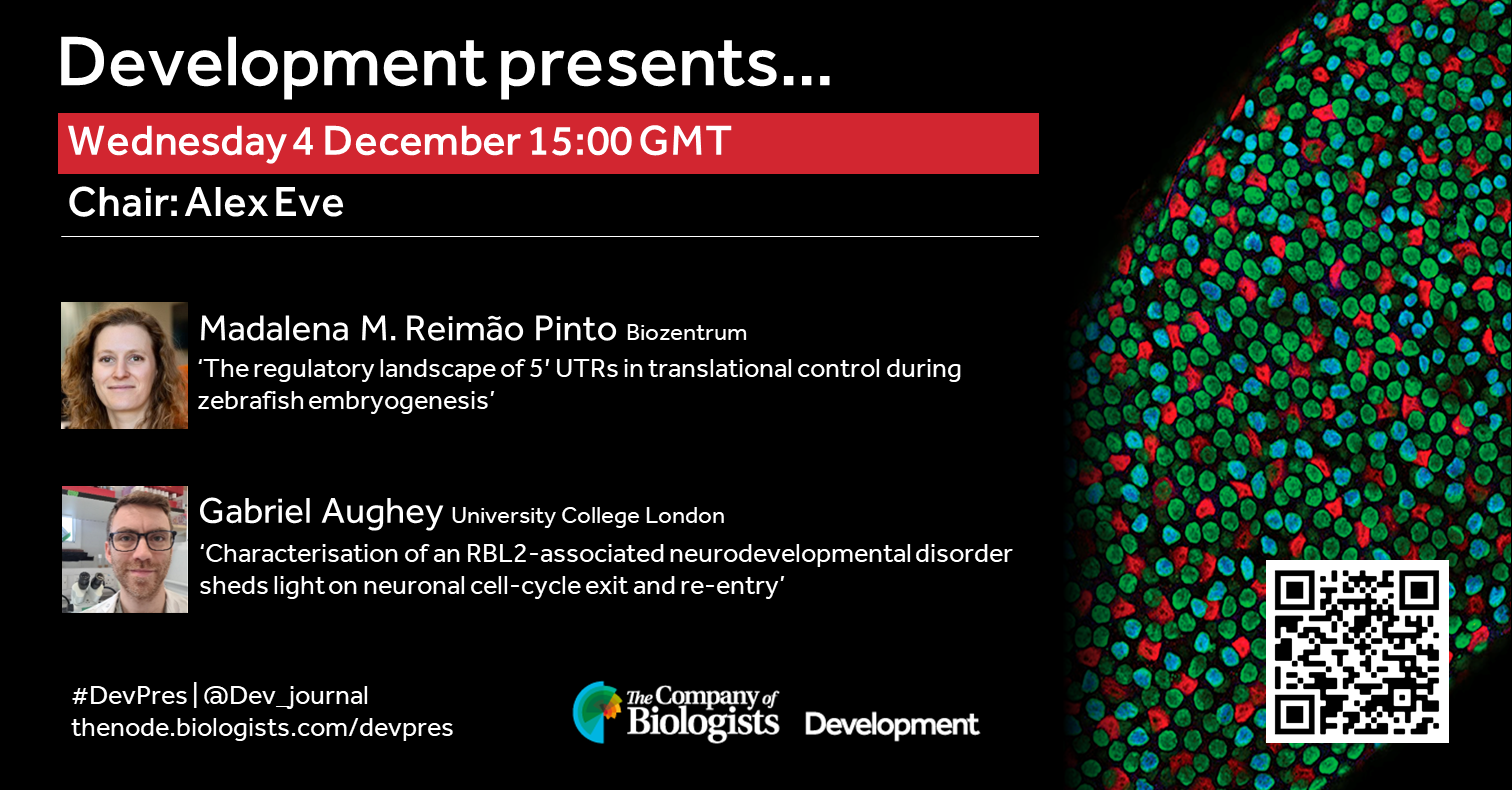
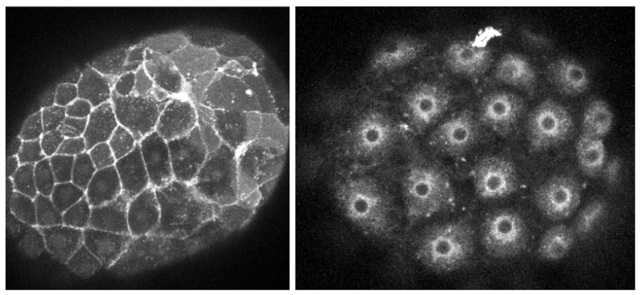
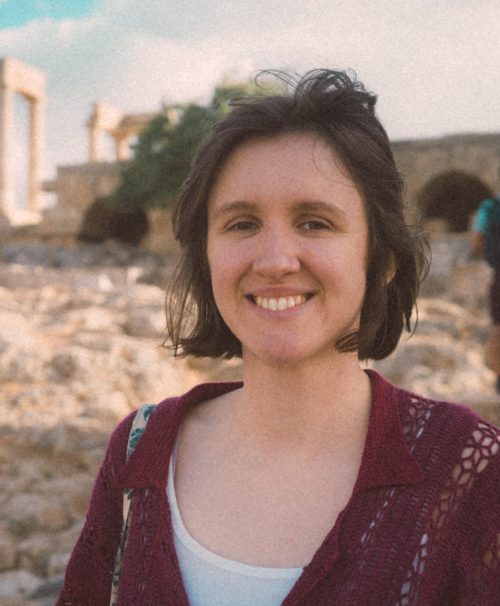
 (No Ratings Yet)
(No Ratings Yet)